 Training Center Profiles Training Center Profiles
Meet Your Peers
Discover what your peers are thinking about the emergency care industry, the challenges their TCs face, and the solutions they’ve found in their goal to make their workplaces and communities safer.
 TC Name: Western Washington County Fire Authority, Cornelius, OR. www.preventprotectserve.com TC Name: Western Washington County Fire Authority, Cornelius, OR. www.preventprotectserve.com
Director: Chaplain Joel Peterson
How long have you been in business?
15 years, with 3-5 years as an internal, government ASHI TC
What is the biggest challenge for you and your business?
Expenses
How do you market your business?
Website and online advertising
Based on what you know now, what advice would you have given yourself when you were starting out?
Enjoy your classes
Where do you see your business and the emergency care training industry in the next 5-10 years?
Continuing to grow in student numbers
Of your business or training investments that cost less than $500, what has given you the best return?
Prestan manikins
What strategies have proved to be a waste of time and money?
Offering free classes
Where do you go to stay current with the latest industry information and knowledge?
ASHI Newsletter
What are some of the most common misconceptions or mistakes you have seen/heard in your career?
That it takes trained professionals to save lives
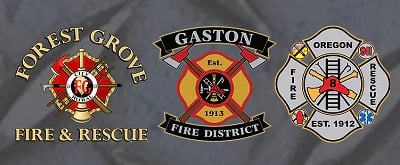
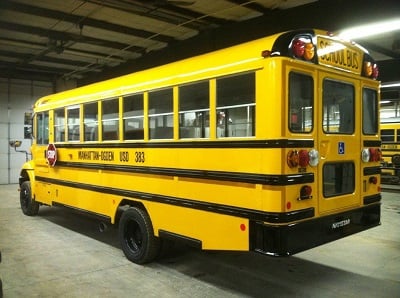 TC Name: USD 383 Transportation Services, Manhattan, KS TC Name: USD 383 Transportation Services, Manhattan, KS
Director: Donald Sturdevant
How long have you been in business?
20 years as a non-profit corporation MEDIC First Aid TC
Based on what you know now, what advice would you have given yourself when you were starting out?
Take the time, and don’t be afraid, to ask questions.
Of your business or training investments that cost less than $500, what has given you the best return?
The wallet skill guides located in the back of the student guides
Where do you go to stay current with the latest industry information and knowledge?
ASHI and MEDIC First Aid website
What are some of the most common misconceptions or mistakes you have seen/heard in your career?
That a responder has to perform emergency care perfectly or else severe damage can occur to the victim, making things worse.
Is emergency care (or other workplace safety) training your primary job function at your organization?
Yes
What is the biggest training challenge at your company?
Budget
What has your company done to make safety part of the day-to-day culture?
Constant repetition of safety messaging over our radios and at safety meetings
Please share a success story about how you increased organizational leadership buy-in and support for your emergency care training efforts.
[We had] all the school principals and district education center personnel actually go through our class.
What is the most difficult part of managing an internal Training Center?
Working within a limited budget
.jpg?width=566&upscale=true&name=ASHI%20Web%20(7).jpg) TC Name: Shatrunjaya Medisource, Surat, India. http://healthbeyondboundaries.com TC Name: Shatrunjaya Medisource, Surat, India. http://healthbeyondboundaries.com
Director: Dr. Manohar Gemawat
How long have you been in business?
9 years as a sole proprietor, for-profit ASHI TC
What is the biggest challenge for you and your business?
Finding new customers and the recognition of ASHI and MEDIC First Aid training programs
How do you market your business?
Direct mail, online advertising, offering a free public class, and approaching potential customers through local networking opportunities
Where do you see your business and the emergency care training industry in the next 5-10 years?
Growing, because more and more people and organizations are becoming aware about the significance of emergency care
Where do you go to stay current with the latest industry information and knowledge?
HSI, AHA online portals
What are some of the most common misconceptions or mistakes you have seen/heard in your career?
That BLS and first aid are the same
Can you share a favorite Good Samaritan story about your students?
One of our training participants was able to apply his knowledge to render aid to someone [who had fainted].
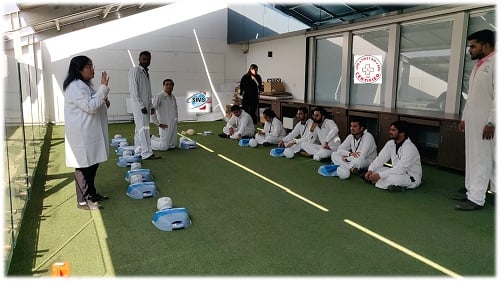
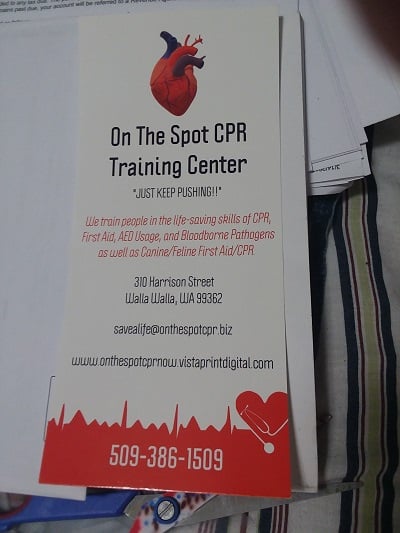 TC Name: On the Spot CPR Training Center, Walla Walla, WA. www.onthespotcprnow@vistaprintdigital.com TC Name: On the Spot CPR Training Center, Walla Walla, WA. www.onthespotcprnow@vistaprintdigital.com
Director: Johnny Dinwiddie
How long have you been in business?
Just over one year as an ASHI TC
What do you do to market your training business?
I advertise online thru Facebook, Wordpress, and Google My Business. I also am well known in my city as a certified nursing assistant for 30 years and a video store clerk for 6 years in the same town.
What are your plans for your Training Center for the next 5-10 years?
I hope to have a few clients who will want to volunteer some of their time to help out in my Training Center. Also, to let all the businesses in the town know that I can assist them with their CPR certification needs.
Of your business or training investments that cost less than $500, what has given you the best return?
The training equipment such as manikins, tourniquets, AEDs, etc.
What strategies have proved to be a waste of time and money?
Advertising with flyers
Where do you go to stay current with the latest industry information and knowledge?
AHA or ASHI
Can you share a favorite Good Samaritan story about your students?
One of the students was a volunteer assistant firefighter for the town of Milton-Freewater, OR, and he has had three [occasions] where he had to use CPR to revive people who were unconscious and possibly experiencing an SCA.
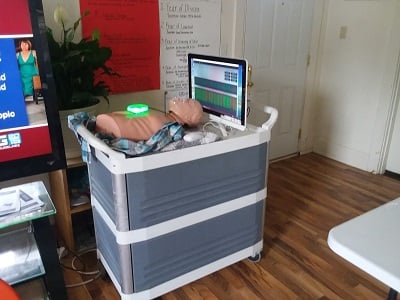
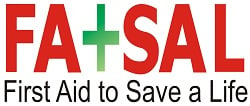 TC Name: First Aid to Save a Life, Lahore, Punjab, Pakistan www.firstaidtosavealife.com TC Name: First Aid to Save a Life, Lahore, Punjab, Pakistan www.firstaidtosavealife.com
Director: Faisal Javed Mir
How long have you been in business?
8 years as a sole proprietor ASHI and MEDIC First Aid TC
What is the biggest challenge for you and your business?
Expenses and finding new customers
How do you market your business?
Website, email marketing, and online advertising
Based on what you know now, what advice would you have given yourself when you were starting out?
[Create an] interactive website, and have an effective social media team & business development team
Where do you see your business and the emergency care training industry in the next 5-10 years?
I would like to have 2,500+ trained people in 2019. In Pakistan, there is a lot of opportunity for this business, but this training does cost more as compared to the other programs available in our market. So it's been a tough and uphill task.
Of your business or training investments that cost less than $500, what has given you the best return?
My website
What strategies have proved to be a waste of time and money?
It is not about bad planning or failed strategies here in Pakistan. Here the majority [of companies] lack a safety culture and they just don't like to invest in life-saving skills and trainings.
Where do you go to stay current with the latest industry information and knowledge?
ILCOR, AHA
What are some of the most common misconceptions or mistakes you have seen/heard in your career?
People think accidents will never happen to them! They don't like to be ready in advance to deal with any emergency situation.
Can you share a favorite Good Samaritan story about your students?
An Egyptian journalist working in Pakistan did training with us, and one day he contacted us to thank us for our efforts [in teaching him] proper CPR and [what to do when someone chokes]. His baby girl choked on food, and his wife did not know what to do. She panicked and called him. He kept his cool and offered care to dislodge the [obstruction].
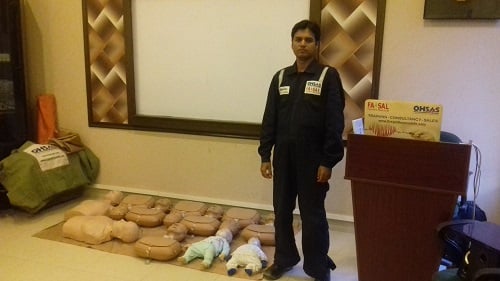
We want to hear from you!
Share your wisdom with your TC peers by completing one of our 15-minute profile surveys.
If your TC provides training for individuals or organizations for a fee, click the "External TC" button. For those TCs that offer training for employees/members at no charge, choose "Internal TC."
 
|